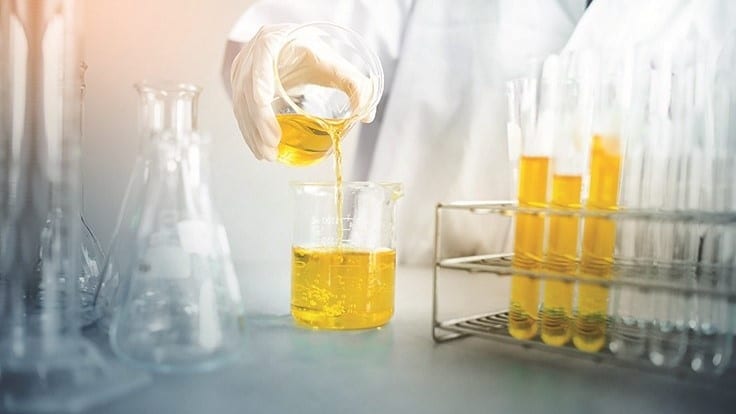Cannabis extraction presents a world of possibilities. Increasingly, these options are being captured through advancements in extraction technology and methodology, and a deepening of our understanding of Cannabis sativa.
A team of scientists recently sought to determine the best extraction method for cannabidiol (CBD) and cannabigerol (CBG) yields from cultivar Santicha 23 hemp inflorescences, comparing maceration extraction (ME), ultrasound-assisted extraction (UAE), and reflux-heat extraction (RHE). [1] They used gas chromatography (GC) in combination with flame ionization detector (FID) and mass spectrometry (MS) to compare their results. They validated this GC-FID method according to ICH guidelines.
“To the best of our knowledge, no study has been conducted so far to determine the impact of extraction methods and conditions on the extraction yields of CBD and CBG from the Cannabis sativa L. ssp. Santhica,” the researchers said.
Since each extraction method requires an optimal set of conditions to reap ideal results, including dry material to solvent ratio, temperature, and extraction time, the scientists had to first pin down their parameters before proceeding to compare the different methods’ best yields.
For ME, they tested sample-to-solvent ratios of 1:5 and 1:10 and extraction times of 24 and 48 hours. Temperature was maintained at 25°C. For UAE, the researchers again tested 1:5 and 1:10 sample-to-solvent ratios and maintained a temperature of 25°C. But the extraction times were shorter at 10, 20, 30, and 45 minutes. Finally, they used 1:5 and 1:10 sample-to-solvent ratios for RHE, but the temperature was set at 95°C, and extraction times of 1,2,3, and 4 hours were tested.
Despite Changing Sample-to-Solvent Ratios
Ethanol (96%) was deemed the most appropriate solvent for CBD and CBG extraction due to its polarity aligning with that of the cannabinoids.
ME quickly fell out of the race, providing the lowest amount of CBD and CBG, not to mention “[c]onventional extraction methods such as maceration have major drawbacks such as longer time for extraction and large amounts of solvent.”
Although RHE and UAE generated comparable yields, UE came out as the winner “since it requires less time, energy and cost.”
“According to literature, the shock waves generated because by [sic] cavitation are capable of breaking the chemical bonds and causing cell lysis, thus assisting the process of extraction. Moreover, the combination of localized stirring effect occurring due to cavitation along with the repeated washing of cellular components with solvent further intensified the extraction of compounds in case of ultrasonication,” the researchers explained.
They also pointed out that their GC-FID method proved to be a “reliable tool for the identification and quantification of non-psychoactive cannabinoids in fibre-type hemp.” [1]
Reference
- Baranauskaite J, et al. “Development of Extraction Technique and GC/FID Method for the Analysis of Cannabinoids in Cannabis sativa spp. Santicha (Hemp).” Phytochemical Analysis, vol.1-6, 2020, https://doi.org/10.1002/pca.2915. Journal Impact Factor = 2.337, Times Cited = N/A
Image Credits: Cannabis Business Times











